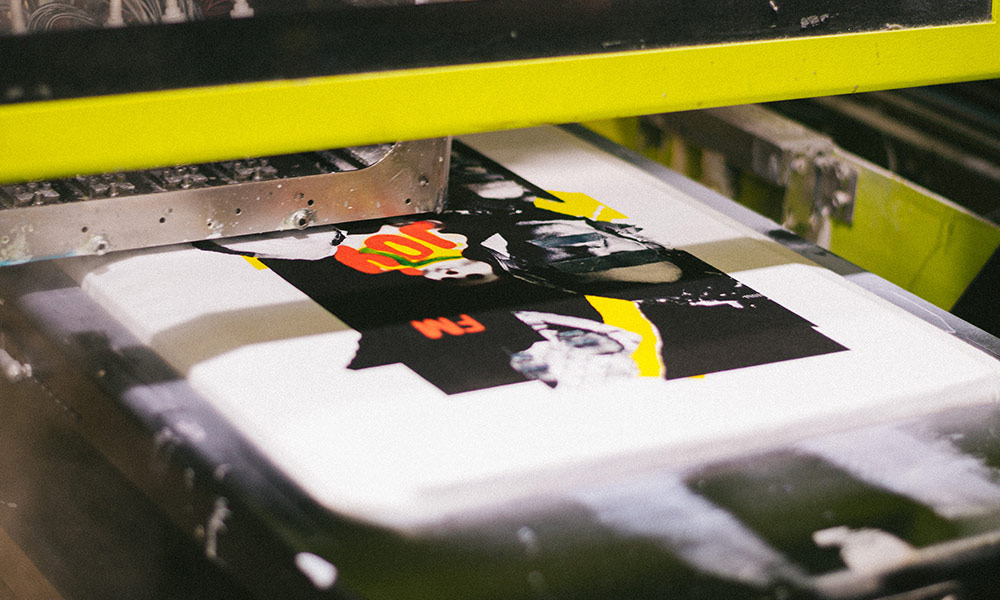
Traditional methods such as screen printing have long been used to transfer designs onto fabric. However, in recent years, direct-to-garment or DTG printing has gained immense popularity in the world of custom apparel. This advanced printing technique allows for high-quality, full-color designs to be directly printed onto garments, eliminating the need for traditional screen printing processes.
In this blog post, you will explore the advantages of direct-to-garment t-shirt printing and why it has revolutionized the custom apparel industry.
High-Quality Prints
One benefit is the ability to achieve high-quality prints. Unlike traditional methods, it allows for intricate designs, gradients, and photographs to be reproduced with exceptional accuracy and color saturation. The advanced inkjet technology and specialized textile inks ensure vibrant and detailed prints that are visually appealing and long-lasting.
Versatility and Customization
This type of printing offers unmatched versatility. It can print on various fabric types commonly used for t-shirts, such as cotton and polyester blends. This flexibility opens up different creative possibilities, allowing companies to bring their unique designs to life. Whether it’s a company logo or promotional artwork, it enables complete customization on each tee.
Print-on-Demand and Small Print Runs
The advent of DTG printing has revolutionized the concept of print-on-demand and small print runs. It allows for producing single pieces or small quantities without compromising quality. It is particularly advantageous for those that want to offer personalized or limited-edition t-shirts, as it eliminates the need for excess inventory and storage costs.
Quick Turnaround Times
Digital garment printing offers faster turnaround times compared to many traditional printing methods. The process is relatively quick, allowing businesses to fulfill orders more efficiently. It is especially beneficial for time-sensitive projects, events, or promotional campaigns that require rapid production and delivery of custom tees. Customers can enjoy shorter waiting periods, and businesses can effectively meet tight deadlines.
Cost-Effective for Complex Designs
In the past, intricate and multicolored designs on tees were often associated with high costs. However, these services have changed the game by offering cost-effective solutions for complex designs. Traditional methods would require separate screens or transfers for each color, resulting in increased expenses. DTG printing, on the other hand, can achieve multicolored designs without additional setup costs or color limitations. It makes it a more inexpensive option for detailed and vibrant designs.
Consistency and Durability
Direct printing on apparel ensures consistency and durability in the final prints. Each tee receives the same precision and color accuracy level, providing a cohesive and professional look across multiple prints. The inks used are formulated to bond with the fabric, resulting in prints that do not crack or fade easily. This durability allows for regular washing and extended use without compromising the quality of the design.
Enhanced Customer Experience
Digital garment printing contributes to an enhanced customer experience by providing a high level of customization and personalization, leading to greater customer satisfaction and loyalty. Whether for promotional purposes or special events, it allows businesses to cater to their customers’ specific preferences and demands, creating a memorable and personalized experience.
Conclusion:
DTG printing has brought numerous benefits to the printing services industry, particularly when it comes to producing custom t-shirts. The high-quality prints, versatility, customization options, and quick turnaround times make it an attractive choice for businesses and individuals alike. Additionally, the cost-effectiveness of complex designs and the durability of the prints further contribute to their growing popularity. As the demand rises, it remains at the forefront of innovation, transforming how printing services operate.



